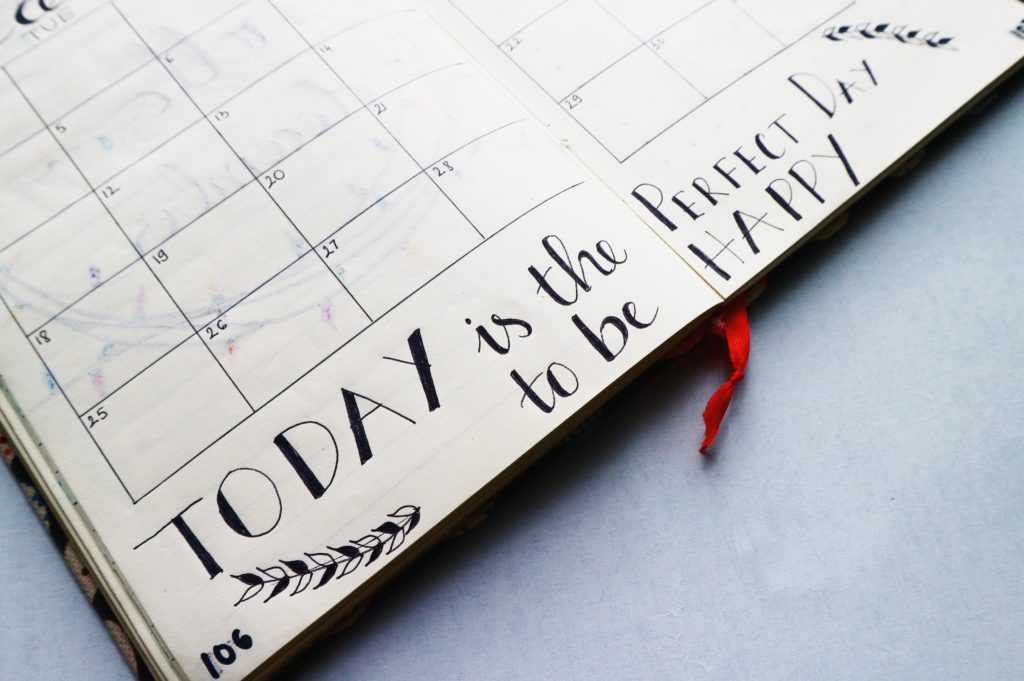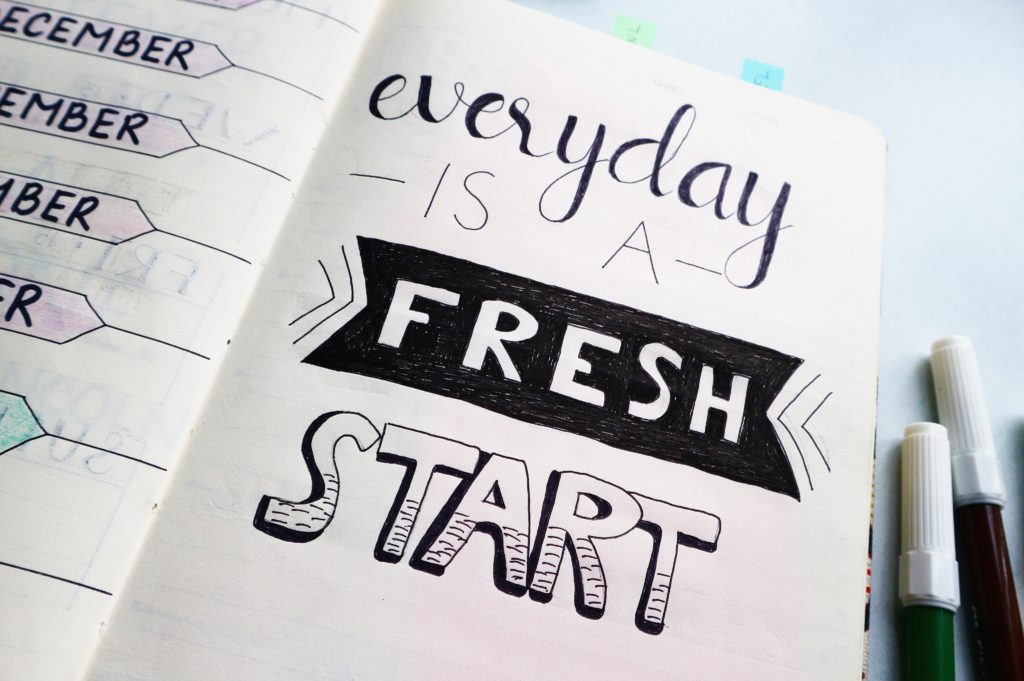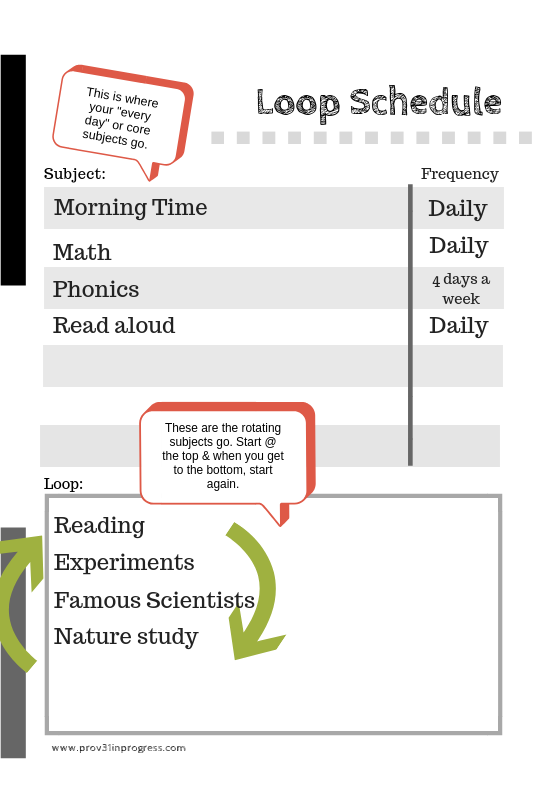
UPDATE 2023 – I have now tried most of these scheduling options. I have found each one valuable depending on the season of life I was in. We currently use the Reverse Planning method to schedule our days. This helps me stay focused on the things we are accomplishing rather than fixating on an unfinished checklist. I need this positive focus in order to enjoy our days of learning (ie so I don’t become a drill sergeant)
My husband is the schedule king. If scheduling was an Olympic event, he would have a gold medal – he just loves it. I, on the other hand, am NOT a natural scheduler (that is why we are perfect for each other). I CAN make a detailed schedule as well as the next person but actually following through with that schedule…usually doesn’t happen. Thankfully I have learned this about myself and recognize that the key for me is – SIMPLE. Like many parts of parenting, homeschooling has stretched me. I have learned that I don’t need a detailed schedule but having a basic schedule is very helpful if I want to get things done.
Before we can talk about daily/weekly schedules we need to understand how we can organize our overall school year. Part of the beauty of homeschooling is that you have OPTIONS in how to do this! Here are a few of them…
Traditional
This is what most of us think of when we think of a school year. Basically, you are following the same schedule as your local school district with a bit more flexibility.
Some advantages:
- Longer break in the summer.
- You have holidays & vacation times at the same time as your public schooling friends and family.
- More excitement and anticipation as school begins in the fall.
Year Round
Schooling more months but with more frequent break, often including one longer break based on your families needs. I am going to do a separate post all about why I like this option but until then…
Some advantages:
- More flexibility since you are not taking large chunks of time off.
- You can go places and do things when public school is in session! Less lines and better prices!
- Students don’t forget skills during the long summer break.
- Frequent times of rest throughout your year.
Calendar Year
Similar to year round schooling but you begin the new school year in January with a long break in November-January-ish. Similar advantages to year round schooling with the added benefit of knowing your new “starting point”.

Pattern possibilities during your school year:
Now that you have seen different ways to schedule the overall year, here are some options for patterns you can use to help things flow.
Terms
Blocks of schooling with a break in between. For example – Doing school for 4 weeks, taking a week off, school for another 4 weeks, a week off. The key here is not to get to crazy rigid with each term. Sometimes you will need to be flexible because your off week doesn’t align with the holiday in that month etc. Keep in mind you have FREEDOM in homeschooling so if you need to do a half week or only 3 weeks one term – that is OK!
4 day weeks
Instead of taking a week off, you take a day off at the end of each week. Pretty self explanatory. Some curriculum providers (like Sonlight) actually have options within their curriculum for a 4 or 5 day week schedule.
Pam Barnhill’s Magic Number System
I really LOVE this idea! The Magic Number System is designed for year round schooling. Take your number of required (or desired) days of school for the year and divide it by the number of months you will be schooling. Once you have done the math to find the “magic number” you map out your months – some will have more days than the “magic number” and some will have less but it should all average out. This allows for more flexibility. For more info on this type of scheduling check out her website

Weekly & Daily Schedule options:
Traditional
Similar to the public school system. Most subjects are done every day. You can use some creativity though. Don’t be afraid to modify the idea to better fit your family.
Reverse Planning
Instead of sitting down and planning what you will accomplish each day, week, or semester. In this style of planning you write down what you accomplished after you have done it. This allows for a more positive focus, “look at all the things we did!” rather than “look at all the things we didn’t get to!” I highly recommend this method for those who need to de-school and have a more relaxed approach to learning as well as those with young children. Cooking, play, gardening, building, music, & crafts are all learning opportunities. If we choose to see them as such, we add to what we accomplished rather than being discouraged because we saw these things as time wasted.
Block scheduling
Like traditional scheduling but you are doing fewer subjects at a time or during a given term. Not all subjects are happening all year. Typically, in the younger years you want to have core subjects like math, writing, phonics etc happening each day but can block enriching subjects like history, science, art etc. For example…
Spring term block – Core subjects plus science, spanish & art.
Fall term block – Core subjects plus history, music & cooking.
Loop Scheduling
You choose specific enriching subjects and alternate them each day rather than each term (like in a block schedule). For example…
- art
- nature study
- music
Monday you would do all your core subjects (things that need daily practice like math, language arts, reading) plus art. Tuesday, all your core subjects plus nature study. Wednesday, all your core subjects plus music. Thursday, all your core subjects plus art. Friday, all your core subjects plus nature study. Monday, core plus music and so on.
You can choose just a few subjects like in my example or you can have quite a few. To keep from having long stretches of time since studying a subject, (especially with little ones) I recommend no more than 5 subjects in your loop. Of course, as you get used to the idea you may find you can handle more than that by having a subject be included in the loop more than once. For example…
- Art
- Memory work
- Shakespeare
- Poetry
- Nature Study
- Memory work
- Music
You would loop these each day in the same way as the previous example. Once you get the hang of it you can start using a loop schedule for all kinds of things! Housework, meal planning, morning time, chores & even within a subject! For example…
Science Loop
- Reading
- Experiments
- Famous scientists
- Nature study
You would loop these each day in the same way as the first example whenever it was time for science. Or you could have your child complete as much of the loop as they can during science time and then pick up the next day wherever they left off in the loop. For example…
Monday the student completes their assigned reading, and experiments during science time. Tuesday, they study a famous scientist. Wednesday they do a nature study, complete their assigned reading and have time for an experiment. Continue looping throughout the school year.
Can you tell I really like this looping idea? The possibilities are endless and you never feel behind! If you miss a day, just start up where you left off. In fact, I love it SO much that I decided to make a FREE PRINTABLE! There is a black and white version (for those that need to save their colored ink) and a full color version.
Loop Schedule bw
Loop Schedule
Here are some examples of the worksheet filled out.


I hope that these ideas are vehicles of freedom for you and your family. Please don’t let scheduling be a source of stress because you feel you have to be like anyone else! Your family is unique and wonderful! I should also note that it is totally ok to use multiple scheduling options to fit your needs. Maybe you do a block schedule but use looping for only a few subjects – perfect! Give yourself grace so that you and your kids can be productive and enjoy your homeschool year.




